Are Facial Extractions Good Or Bad?

To squeeze or not to squeeze?
It’s right up there with “is toner necessary?” (possibly) and “do I really need an eye cream?” (yes): Are facial extractions the ticket to clear skin, or are they doing more harm than good? Well, it depends on who you ask.

Hell To The No!
Extractions can leave behind a scar. Go in with the wrong pressure or at the wrong angle, and an extraction can do serious damage. How serious? Infection, inflammation, pigmentation and scarring are all possible. “Extractions can also weaken pores, plus the collagen and elastin fibers supporting them, and lead to broken capillaries,” warns skin therapist Tilly Barnett.
Strong skincare is enough. Active ingredients like retinoids and alpha hydroxy and beta hydroxy acids, are widely available, and can be found in concentrations low enough for sensitive skin. “These dissolve the dirt in follicles, increase cell turnover, and smooth the skin to help reduce pore size,” says Barnett.
Cleansing is key. In salon, skin therapist Melanie Grant suggests Ultrasound for a deep cleanse to dislodge debris and oil inside the pores, and microdermabrasion and peels for blackheads and congestion. At home, cleanse once in the morning and twice at night, says Barnett, using an AHA or BHA cleanser, and exfoliate regularly. Keep pillowcases and phones clean, too.
Stubborn spots might need to be squeezed. ”For a visible whitehead, I would lance the spot followed by a very gentle squeeze,” explains Barnett. “Otherwise, I would recommend a course of peels combined with Omnilux, or peels with a higher percentage of AHAs and BHAs, leaving it on the skin for up to three minutes to dissolve blackheads and smooth out the skin.”
OMG Yes!
Your skin can naturally purge some pores, but not all. “Skin can process infections and manage oil production, but it still needs assistance in the removal of certain underlying congestions, which, if they are not carefully removed, will remain in the skin as is, get larger, turn into a blemish and potentially scar,” explains dermal therapist James Vivian.
Strong skincare can only help some skin types. For a variety of reasons, not all skins can tolerate active ingredients. “A traditional, professional steam and clean will remove all blackheads and smooth the skin out, without any risk of a reaction,” says beauty therapist Diandra Politano.
A professional is the only way to go. Why? They know that not every pimple can be picked. “I don’t extract everything during a facial,” explains Politano. “Some of the larger inflamed pimples will only cause post inflammatory hyperpigmentation if touched, and will clear out on their own.”
Regular extractions are required. For normal skin types, Vivian suggests every 4-12 weeks, with fortnightly sessions for especially congested skin until it improves. “I’ve found that after a while, my clients need less extractions each visit, except for those large pores around the nose and chin, which will always fill again,” says Politano. Ask for light therapy post-extraction facial to help calm skin (and boost collagen and general glowiness), and, at home, use vitamin A at night to keep pores refined and clean.

GOTTA SQUEEZE?
Vivian wants to warn you one more time: “At-home extractions nearly always fail (I personally can’t do my own without causing a fortnight-lingering mark) but in-clinic, appropriate pressure is applied from above to help encourage extractions safely out.” If you really, really must, then please heed Politano’s advice:
- Wait as long as possible before you pick, as the more sebum that surfaces, the less pressure required. Visible white heads suggests they’re ready; blackheads are trickier and best left for your facialist.
- Always extract after a shower and before bed, as the pores are softer and it gives spots a chance to heal (you won’t be tempted to touch it during the day or cover it with concealer).
- Never EVER use your nails. Grab a tissue (or two).
- Only attempt squeezing once or twice. Too much pressure just aggravates the spot and can spread infection so the spot hangs around longer.
- Stop when you see blood or oil, which means most of the sebum on the surface is out. Don’t keep going if you feel more underneath – that’s inflammation, not sebum.
- Disinfect the area post-squeeze to reduce the spread of infection.
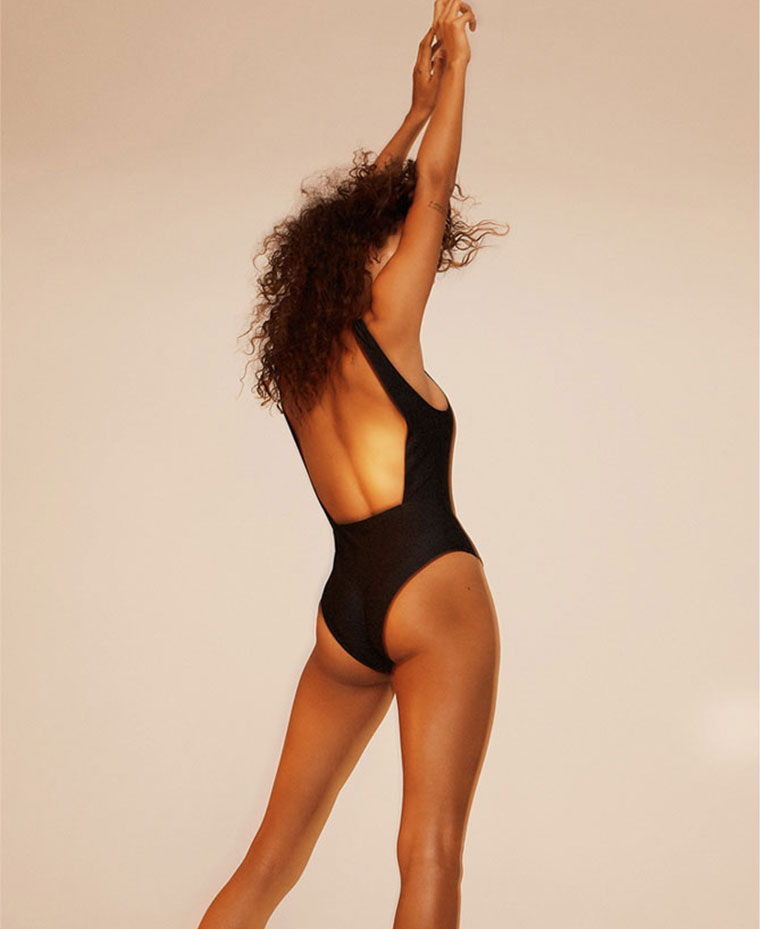
Photography: Tāne Coffin / Makeup: Aimie Fiebig / Styling: Jess Pecoraro/ Talent: Jessica Strother
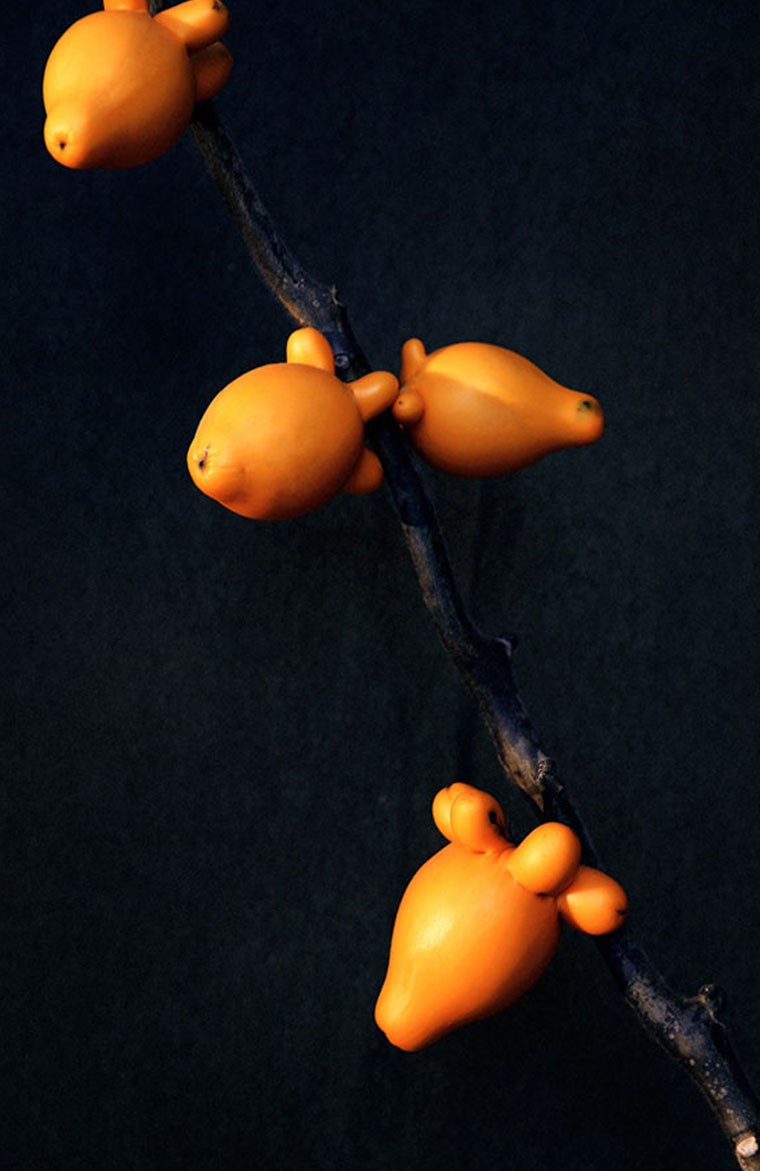
What actually happens during an extraction facial?
Cleanse, scrub and steamer. “Instead of scrubbing, I’ll do a light chemical exfoliation for my regulars,” says Politano, who also switches on a steamer (it softens blockages) at the start of the treatment.
Picking protocol. Politano wears gloves and uses tissues, ensuring the client never feels her nails on their skin, and uses an alcohol wipe post-extractions to kill bacteria and stop it spreading. Vivian, on the other hand, employs a single-use disposable needle for each extraction. “The debris inside is often wider than the pore opening, so the needle helps slightly enlarge the pore opening,” he explains. Don’t be sad if some spots remain: “Occasionally an underlying congestion won’t safely extract, and it’s important to know when to give up and what to leave for next time,” says Vivian.
Code red. Truth: “There may be some blotchiness, swelling, temporary scabbing and a post-treatment breakout, which can occur regardless of whether extractions have or have not been performed,” explains Vivien. To minimise this, Politano keeps an eye on skin during the treatment. “I can generally tell how my client’s skin is responding throughout, and if they’re going really red, then I won’t extract too much or I’ll use the LED afterwards,” she says. A post-extraction face massage also helps stimulate blood flow, eliminate toxins and bring oxygen to the skin, to calm things down.
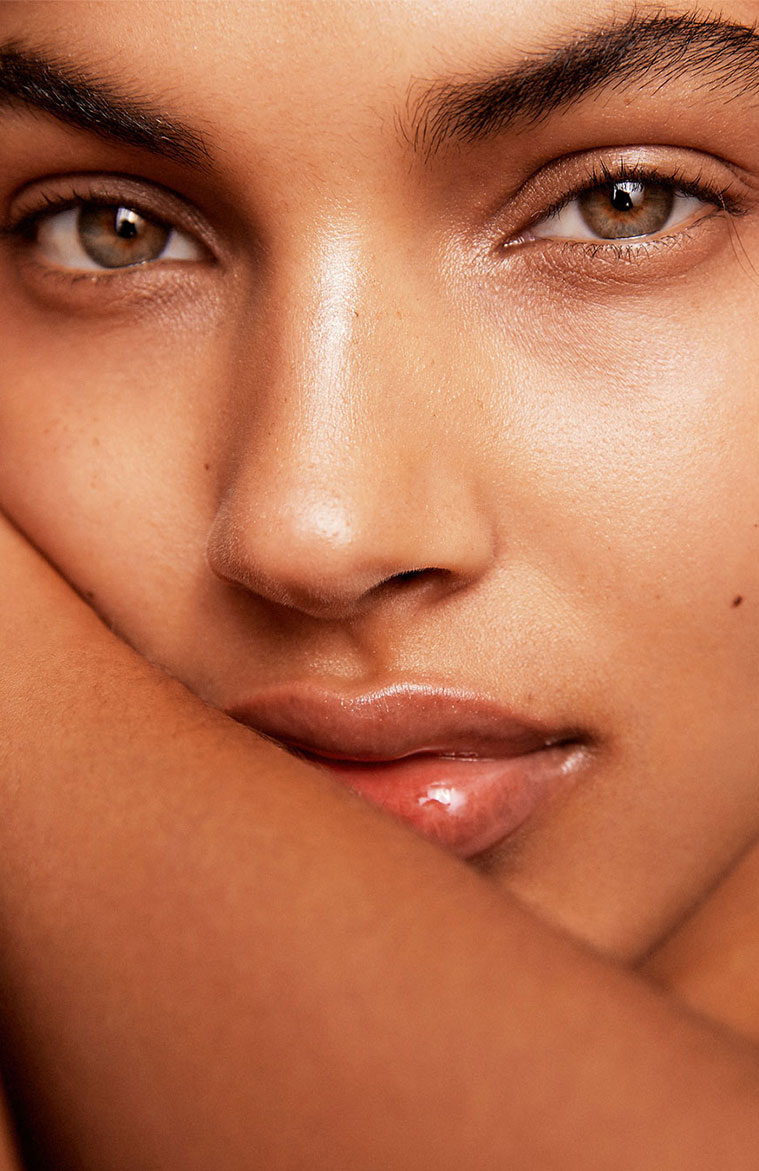

Photography: Tāne Coffin / Makeup: Aimie Fiebig / Styling: Jess Pecoraro/ Talent: Jessica Strother
Hell To The No!
Extractions can leave behind a scar. Go in with the wrong pressure or at the wrong angle, and an extraction can do serious damage. How serious? Infection, inflammation, pigmentation and scarring are all possible. “Extractions can also weaken pores, plus the collagen and elastin fibers supporting them, and lead to broken capillaries,” warns skin therapist Tilly Barnett.
Strong skincare is enough. Active ingredients like retinoids and alpha hydroxy and beta hydroxy acids, are widely available, and can be found in concentrations low enough for sensitive skin. “These dissolve the dirt in follicles, increase cell turnover, and smooth the skin to help reduce pore size,” says Barnett.
Cleansing is key. In salon, skin therapist Melanie Grant suggests Ultrasound for a deep cleanse to dislodge debris and oil inside the pores, and microdermabrasion and peels for blackheads and congestion. At home, cleanse once in the morning and twice at night, says Barnett, using an AHA or BHA cleanser, and exfoliate regularly. Keep pillowcases and phones clean, too.
Stubborn spots might need to be squeezed. ”For a visible whitehead, I would lance the spot followed by a very gentle squeeze,” explains Barnett. “Otherwise, I would recommend a course of peels combined with Omnilux, or peels with a higher percentage of AHAs and BHAs, leaving it on the skin for up to three minutes to dissolve blackheads and smooth out the skin.”
OMG Yes!
Your skin can naturally purge some pores, but not all. “Skin can process infections and manage oil production, but it still needs assistance in the removal of certain underlying congestions, which, if they are not carefully removed, will remain in the skin as is, get larger, turn into a blemish and potentially scar,” explains dermal therapist James Vivian.
Strong skincare can only help some skin types. For a variety of reasons, not all skins can tolerate active ingredients. “A traditional, professional steam and clean will remove all blackheads and smooth the skin out, without any risk of a reaction,” says beauty therapist Diandra Politano.
A professional is the only way to go. Why? They know that not every pimple can be picked. “I don’t extract everything during a facial,” explains Politano. “Some of the larger inflamed pimples will only cause post inflammatory hyperpigmentation if touched, and will clear out on their own.”
Regular extractions are required. For normal skin types, Vivian suggests every 4-12 weeks, with fortnightly sessions for especially congested skin until it improves. “I’ve found that after a while, my clients need less extractions each visit, except for those large pores around the nose and chin, which will always fill again,” says Politano. Ask for light therapy post-extraction facial to help calm skin (and boost collagen and general glowiness), and, at home, use vitamin A at night to keep pores refined and clean.


GOTTA SQUEEZE?
Vivian wants to warn you one more time: “At-home extractions nearly always fail (I personally can’t do my own without causing a fortnight-lingering mark) but in-clinic, appropriate pressure is applied from above to help encourage extractions safely out.” If you really, really must, then please heed Politano’s advice:
- Wait as long as possible before you pick, as the more sebum that surfaces, the less pressure required. Visible white heads suggests they’re ready; blackheads are trickier and best left for your facialist.
- Always extract after a shower and before bed, as the pores are softer and it gives spots a chance to heal (you won’t be tempted to touch it during the day or cover it with concealer).
- Never EVER use your nails. Grab a tissue (or two).
- Only attempt squeezing once or twice. Too much pressure just aggravates the spot and can spread infection so the spot hangs around longer.
- Stop when you see blood or oil, which means most of the sebum on the surface is out. Don’t keep going if you feel more underneath – that’s inflammation, not sebum.
- Disinfect the area post-squeeze to reduce the spread of infection.
What actually happens during an extraction facial?
Cleanse, scrub and steamer. “Instead of scrubbing, I’ll do a light chemical exfoliation for my regulars,” says Politano, who also switches on a steamer (it softens blockages) at the start of the treatment.
Picking protocol. Politano wears gloves and uses tissues, ensuring the client never feels her nails on their skin, and uses an alcohol wipe post-extractions to kill bacteria and stop it spreading. Vivian, on the other hand, employs a single-use disposable needle for each extraction. “The debris inside is often wider than the pore opening, so the needle helps slightly enlarge the pore opening,” he explains. Don’t be sad if some spots remain: “Occasionally an underlying congestion won’t safely extract, and it’s important to know when to give up and what to leave for next time,” says Vivian.
Code red. Truth: “There may be some blotchiness, swelling, temporary scabbing and a post-treatment breakout, which can occur regardless of whether extractions have or have not been performed,” explains Vivien. To minimise this, Politano keeps an eye on skin during the treatment. “I can generally tell how my client’s skin is responding throughout, and if they’re going really red, then I won’t extract too much or I’ll use the LED afterwards,” she says. A post-extraction face massage also helps stimulate blood flow, eliminate toxins and bring oxygen to the skin, to calm things down.



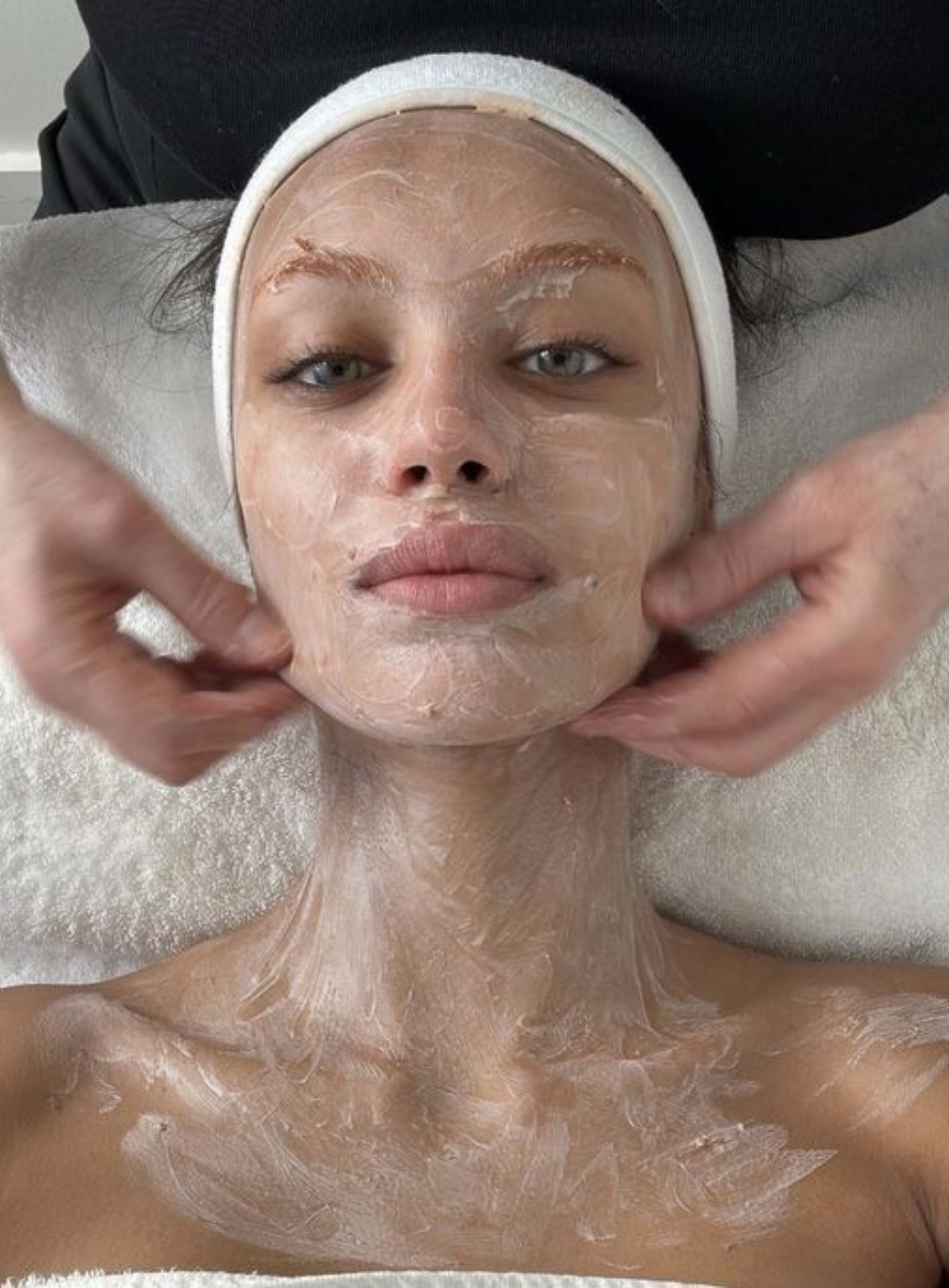

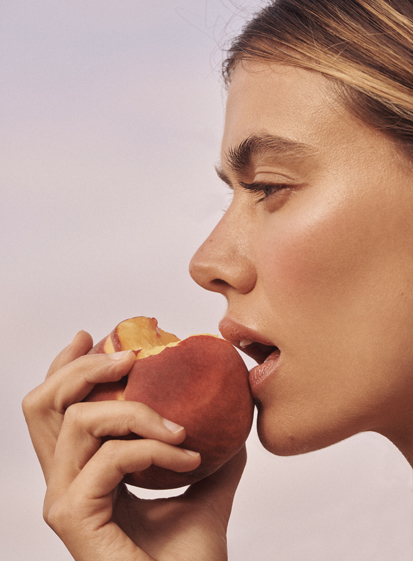
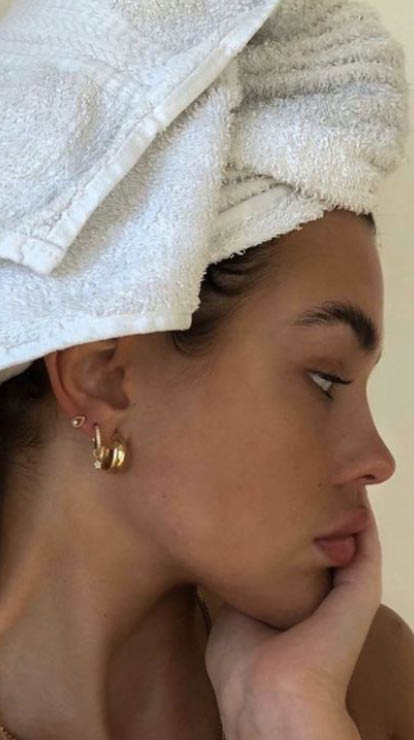
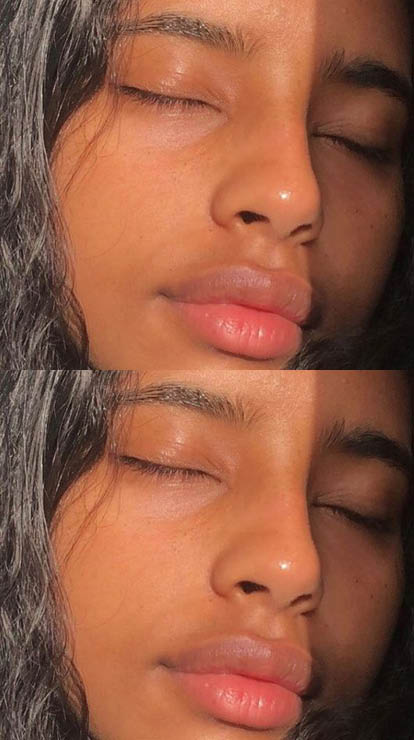
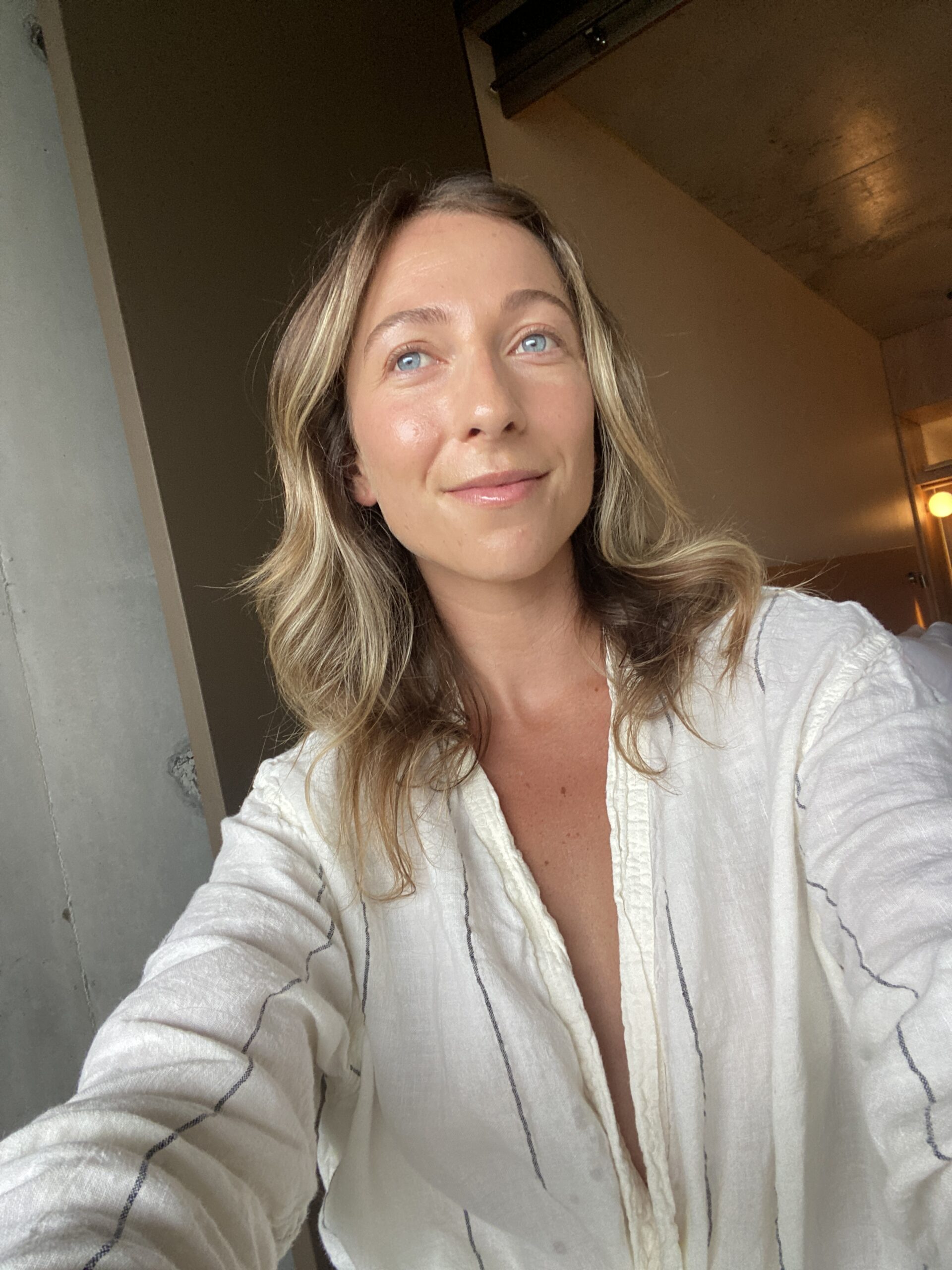


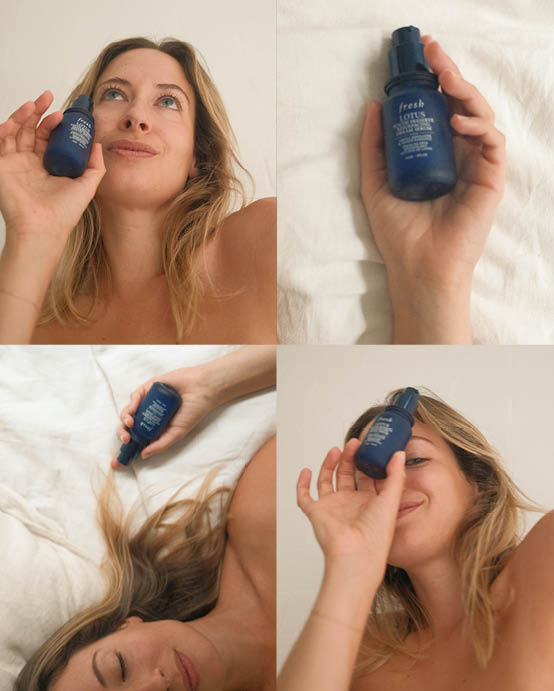
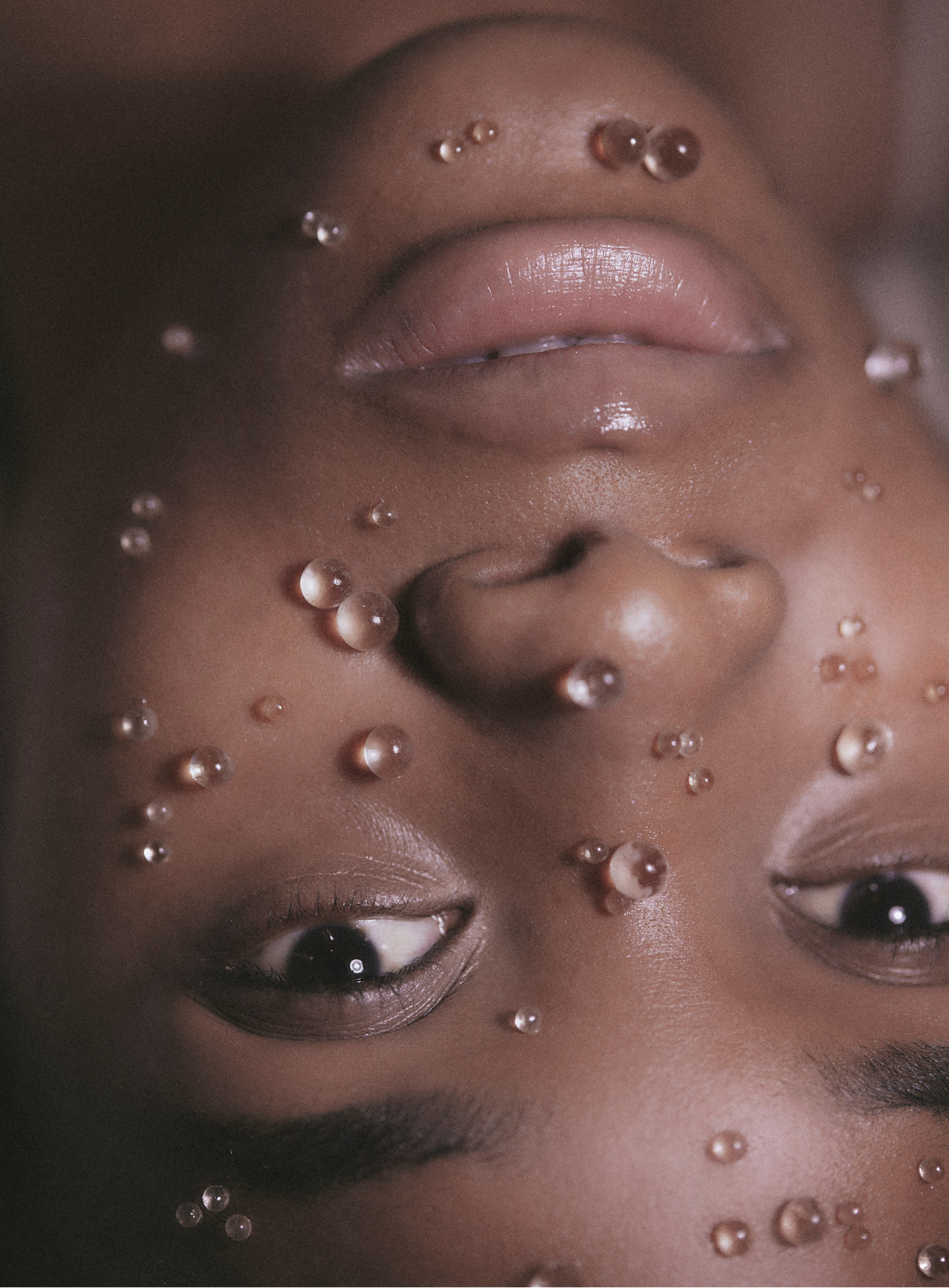
Comments
Thanks for this great piece of information! Love the way you explain everything. Keep up the good work!
I love reading this post and also a good information blog and an easy way to deliver a message.Thanks! Really helpful article.
Thanks for the informative post. We can also adopt protragen's easiest way to remove blackheads through its comedone suction comedo suction tool to have healthy clear skin.